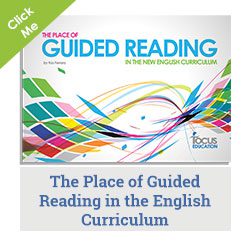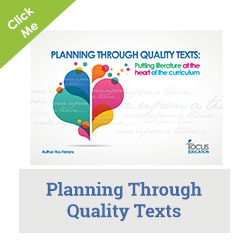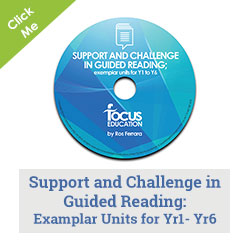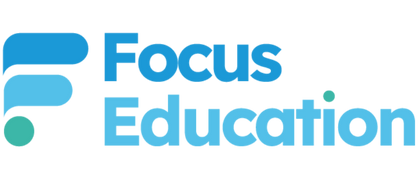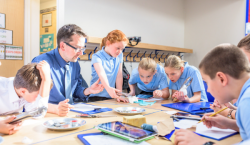High Quality Texts
What has become very clear is that all children need to have access to high quality texts in order to work with and meet the new reading year group expectations. I have become more and more convinced that the teaching of decoding and reading strategies are not best taught in a 20-30 minute group session and that guided reading should focus on the reading comprehension aspect of the curriculum.
Planning Guided Reading
An almost universal cry from teachers is that they are spending a long time planning guided reading for little impact and are struggling with several different texts which are often only used for a week. The use of the same single high quality text with all the children is an effective way forward. The chosen text can be the same core text to be used in English or can be linked to English or curriculum learning. For example, The Firework Maker’s Daughter by Phillip Pullman can be used as a core text in English, in guided reading and linked to geography work on volcanoes, eruptions and other natural disasters. Such a text can be used over a number of weeks and the in depth focus allows children to read for reading’s sake rather than because they are working towards a written outcome. Whilst all children will be working on the same objectives, questioning can be adapted and activities scaffolded differently to ensure support and challenge for different groups.
Pre-Reading
A key factor in the success of this is the children pre-reading the section of the book before the teacher-led session so that this can become an opportunity for children to think deeply about the book and to consider and evaluate other’s thoughts. For those who cannot access the text independently, many audio versions are available or the text can be read aloud by an adult or recorded by a child.
Feedback from schools which have begun to use this approach is overwhelmingly positive; children are enjoying the books and beginning to look for similar books or books by the same author. After all, we are trying to hook children into reading and get them to engage with books which they may not pick up on their own. All reading should be about enjoyment and pleasure!
Continue the Conversation
If you still have questions about guided reading in the English curriculum or want to talk about different options, join me on twitter @FocusRosf or for related resources and publications, get in touch with the Focus Education office on 01457 821 818. To order Focus English, please click here.
Related Publications
